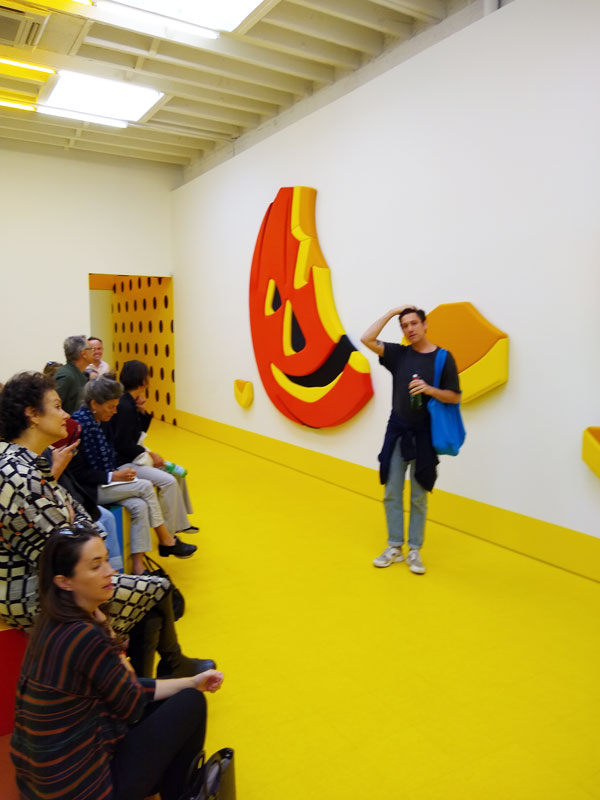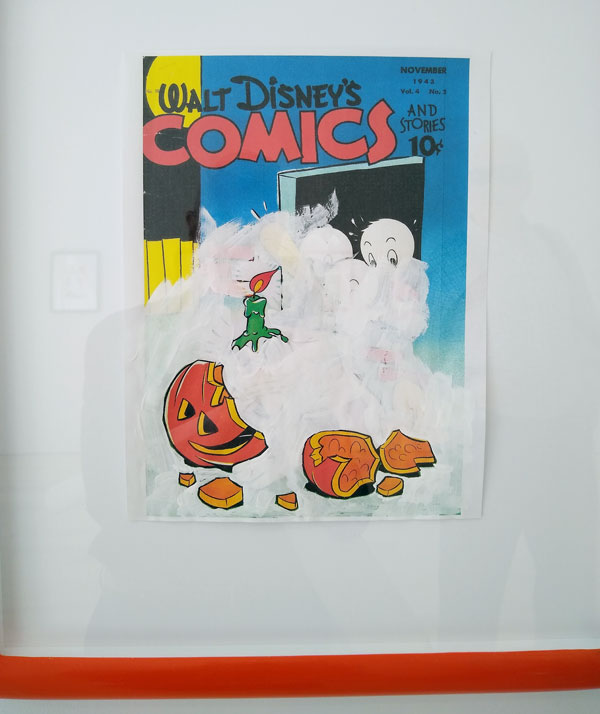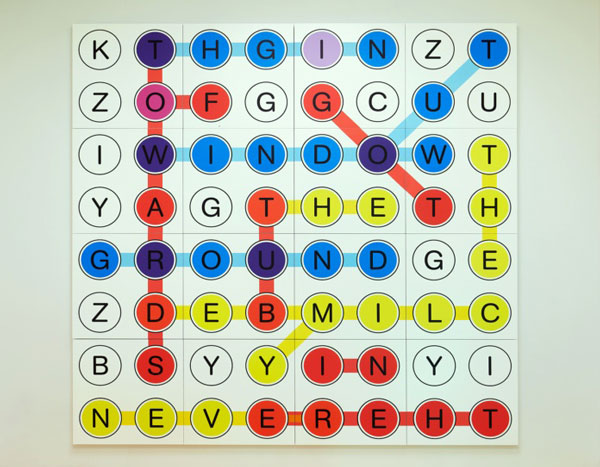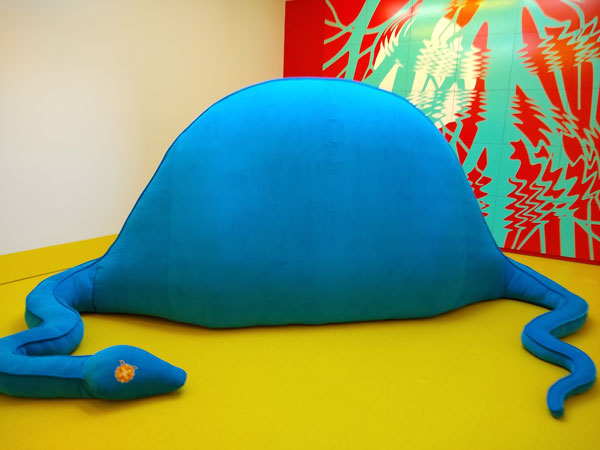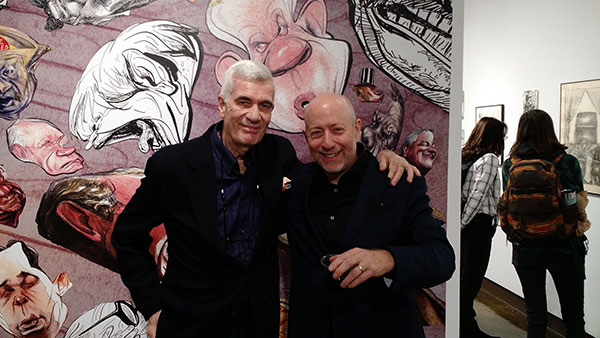
Steve Brodner is an Honoré Daumier for our troubled times.
The avenging spirit of the prolific French cartoonist, who mercilessly roasted 19th century politicians and society, like pigs on a spit, lives on in Brodner’s drawing instruments. His pen and brush are razor-sharp weapons, lancing 21st century boils of fetid political animals.
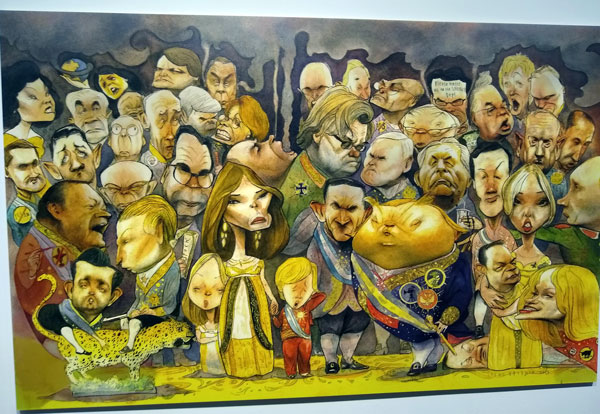
Like Daumier, Brodner is a master draftsman. No matter how ugly the people being caricatured are, or how dastardly their deeds, you cannot take your eyes away from Brodner’s compelling and strangely beautiful imagery. He offers superb elegance of line, strong poses and clarity in his visual storytelling, to convey his powerful messages: empathy for innocent or hapless victims; disgust for villainous, stupid men and woman who abuse their power.
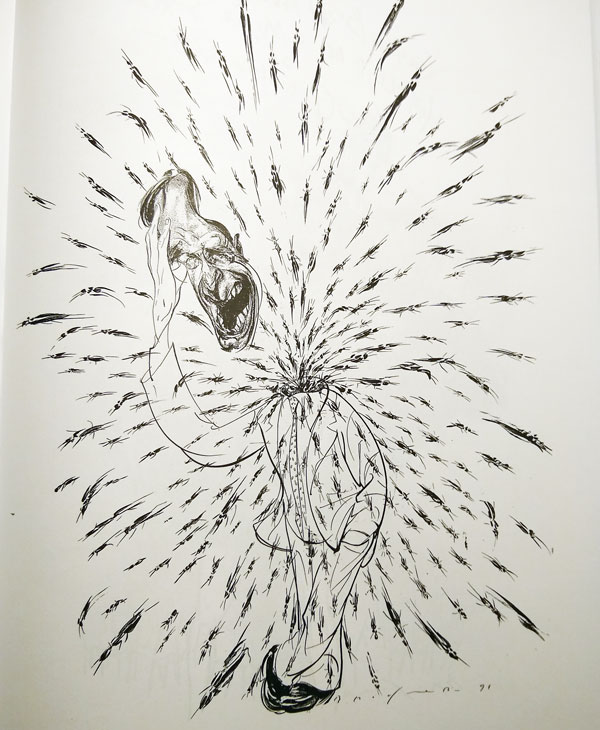
Animation plays a powerful part in showing the psychological side of the characters he depicts. Former CIA man George H. W. Bush removing his head, releasing hundreds of “bugs” escaping in a torrential spray; his son, George W. Bush as Mickey Mouse in The Sorcerer’s Apprentice, attacking Saddam Hussein and giving rise to an endless army of jihadists; Jimmy Carter, in four sequential drawings, floating into a question mark; Donald Trump in mid-comb-over, revealing a Nazi swastika embedded on his bald dome; Rush Limbaugh as a cigar-smoking buttocks.
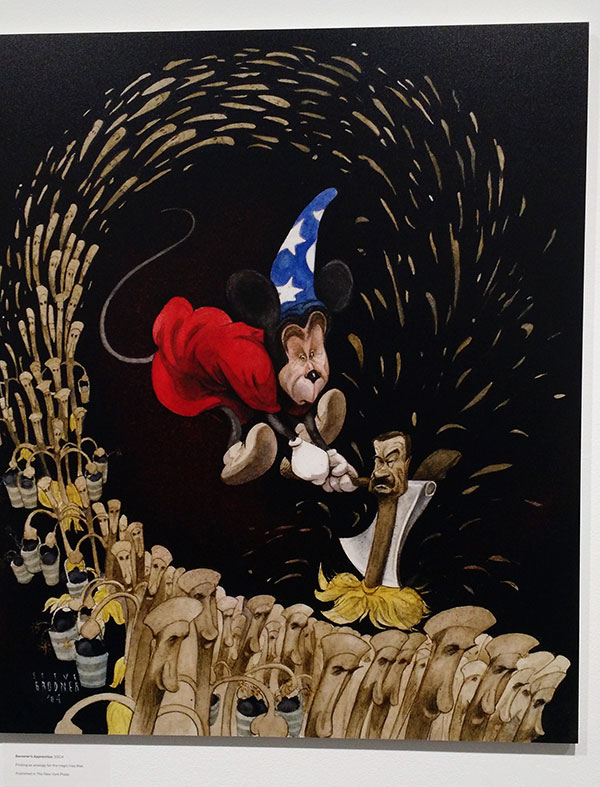

Perfect visual metaphors, all!

Brodner’s style often uses wild exaggeration, a far-out distortion, reminding me of the 16th century anamorphosis paintings, which could only be deciphered with an anamorphic mirror or lens to correct the distortion. Somehow, sans mirrors and lenses, Brodner maintains the look of the person and their personality.

Steve Brodner is being honored with a spectacular exhibition of 50 years of his amazing art — “The Master’s Series: Steve Brodner” — now through November 2, 2019 at the SVA Chelsea Gallery (601 West 26th Street, New York City).
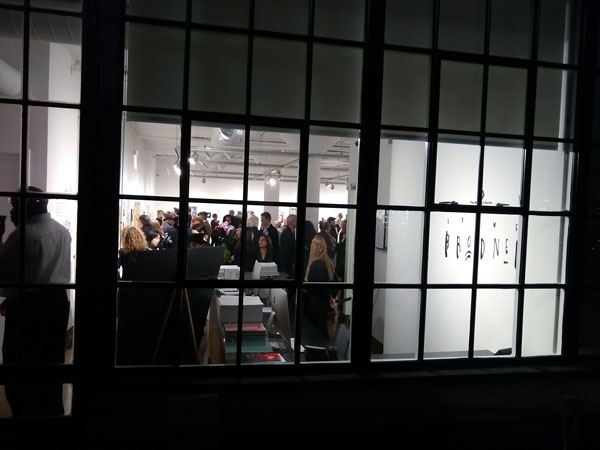
It is a must-see celebration of a modern genius of graphic communication and a crusader for truth and justice in America’s latest Dark Age.
Hits: 2002


